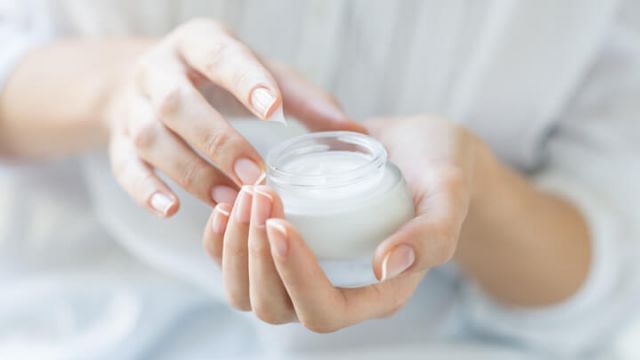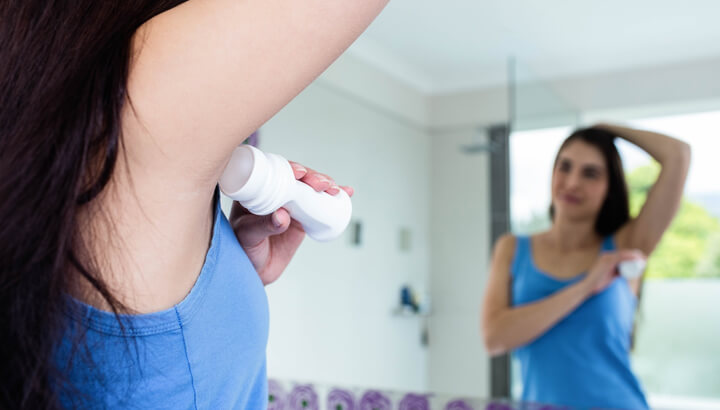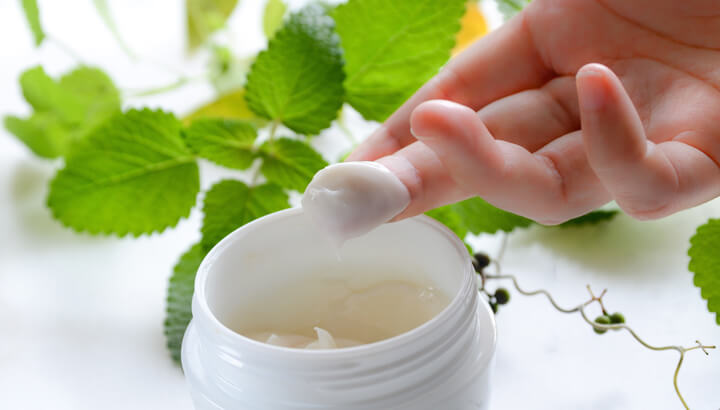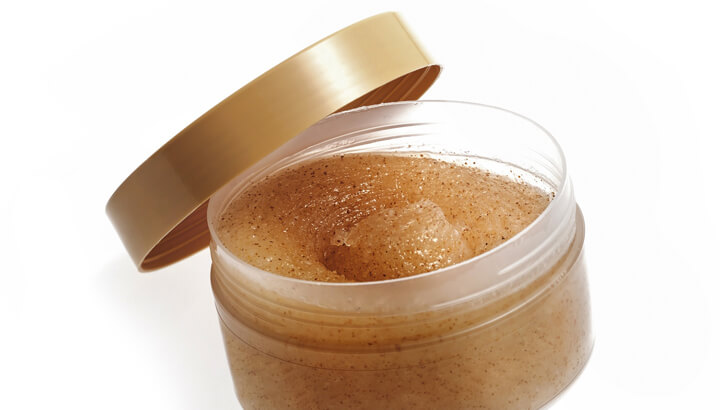
Even the most eco-conscious person would be shocked to know that they may be flushing toxic chemicals down the drain every time they shower, wash their hands with antibacterial soap or wash dishes. This is because many chemicals that are harmful to the health of our waterways and ecosystems are hidden in our soaps and personal care products, and they are building up in the environment every time we wash them down the drain. Here are five toxic chemicals that you may be washing down the drain without even knowing it.
Sodium laureth sulfate (SLES) and sodium lauryl sulfate (SLS)
These are chemicals that can make products foam, giving the user that fun and fresh feeling when coming out of a bubble bath. You will find these chemicals commonly in shampoos, dish soap, facial cleansers and shower gels.
Sodium lauryl sulfate (SLS) can often be a skin or eye irritant, so sodium laureth sulfate (SLES) is added to the mix in order to reduce this. However, the health impacts of SLES has many public health and consumer organizations worried. SLES often contains ethylene oxide (a possible carcinogen) and 1.4-dioxane which is proven to increase cancer risk.
SLS has been shown to be toxic to aquatic and wildlife, and every time it is flushed down the drain it accumulates in our rivers and waterways. The website SLSfree.net provides listings of many products that do not contain SLS or SLES for those wishing to avoid these chemicals.
Triclosan

Triclosan is commonly found in products advertised as antibacterial, most commonly hand soap. You can find triclosan in deodorants, laundry detergent, facial tissues and other products that may be listed as “antibacterial” or “antifungal.”
The European Union has classified triclosan as very toxic to aquatic life and has the potential to cause long-term adverse impacts to aquatic ecosystems by interfering with hormone function and inhibiting healthy reproduction of aquatic organisms.
Unfortunately, our increasing use of this chemical has caused widespread contamination of both the environment and us. Studies have also shown that waterways have a 60 to 100 percent chance of containing triclosan. A study also found that 97 percent of breast milk samples taken in the U.S. contained triclosan, and this chemical is suspected of interfering with human hormone function.
Minnesota, a state that has become increasingly concerned with the presence of chemicals in their waterways, will become the first state to ever ban products containing triclosan on January 1, 2017.
If you live outside the Minnesota area but would still like to avoid triclosan, the Environmental Working Group suggests avoiding products advertised as “antibacterial” and similar terms.
Butylated hydroxyanisole (BHA) and butylated hydroxytoluene (BHT)

A United Nations Environment Program assessment deemed these two chemicals as toxic for aquatic and wildlife, yet also found it was just fine for us.
Butylated hydroxyanisole (BHA) and butylated hydroxytoluene (BHT) are commonly used as preservatives in moisturizers and cosmetics, and the International Agency for Research on Cancer lists them both as possible carcinogens. Studies show that long-term exposure to BHA and BHT cause liver, thyroid and kidney problems in mice. The chemicals were noted as chemicals of concern by the Convention for the Protection of the Marine Environment of the Northeast Atlantic, because of their ability to bioaccumulate in the environment.
BHA and BHT are normally listed on ingredient labels. The Campaign for Safe Cosmetics recommends simply looking for BHA and BHT on product labels to avoid these chemicals.
Parabens
Parabens are an endocrine disruptor and have been detected in breast tumors, which may indicate a link with breast cancer as well. They are commonly found in facial moisturizers and anti-aging creams but can be found in a wide variety of personal care products. Parabens are often not labeled on products under an odd regulatory loophole. Fragrances are considered trade secrets, so companies aren’t required to list all of the ingredients that go into making up that fragrance. This means that sometimes when a company lists “fragrance” on its label that may include parabens and it may not, only the company knows for sure.
When these chemicals are washed down the drain they build up in our waterways, and similar to triclosan, parabens interfere with the reproduction of aquatic life. Avoiding products with parabens can be tricky, mainly because products aren’t required to list them as ingredients. Your best bet is to look for products that specifically state they are “paraben-free.”
Microbeads

Microbeads have gotten a lot of attention as of late, mainly for their contribution to the increased plastic problem in our oceans and waterways. They are teeny tiny plastic bits that are too small to be caught by typical wastewater treatment facilities and end up going directly into our waterways. This means that using products containing microbeads is essentially just throwing plastic in the water.
You can normally find these little plastic polluters in facial scrubs that have a gritty feel to them. That’s all the beads do, in fact, is make the cream have sort of a grainy feel to it, which some people enjoy to aid in exfoliation.
Over 8 million hectares of plastic pollute our waterways every year, and there is no stopping microbeads from ending up in our water once they are washed down the drain. The day of the microbead might be coming to an end, however, as 2015 saw numerous big victories for those concerned about the impacts these products can have on the environment. Last year Canada banned all products containing microbeads, and in the U.S. Barack Obama signed the Microbead-Free Waters Act.
Public health and consumer groups are working quickly to increase regulation around the chemicals we often flush down the drain, but we can speed up the process simply by reading labels and purchasing non-toxic alternatives, thus showing the personal care industry that the market wants sustainable and safe products.
— Ian Carey

